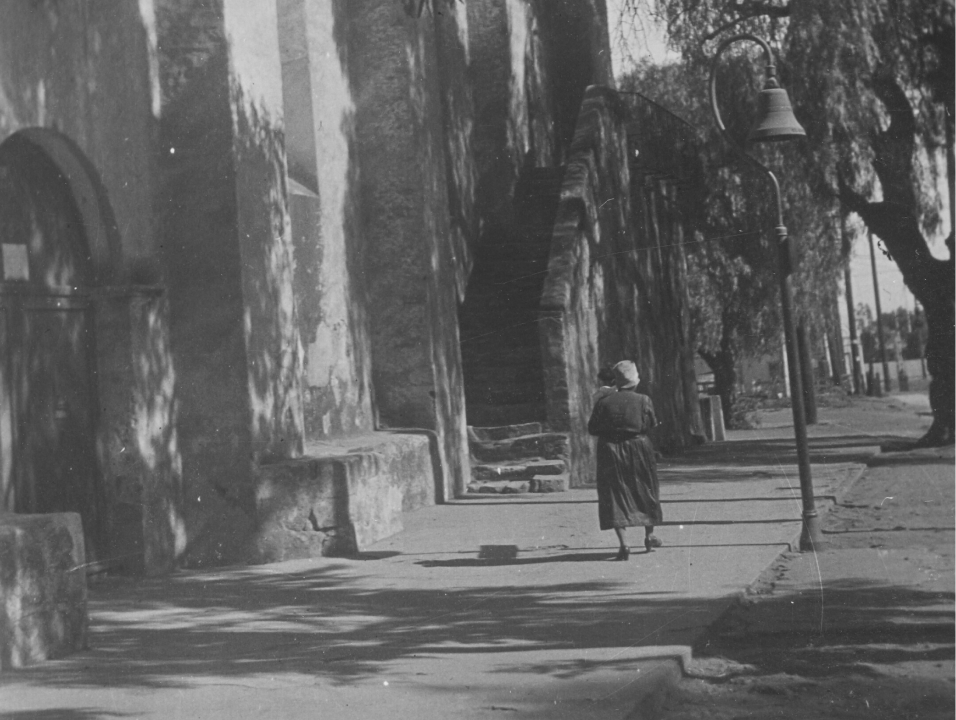This photograph offers a captivating glimpse into the everyday life of early 20th-century America. Known for his contributions to the Pictorialist movement, Fleckenstein’s work often depicted ordinary scenes imbued with a sense of artistic depth and emotional resonance. In “Street Scene,” he captures the subtle beauty of an urban setting, showcasing his ability to transform the mundane into something almost ethereal.
The Street as a Subject
The composition of the photograph is simple yet evocative. At the center of the frame is a street, with pedestrians walking along its edges and vehicles in the background. The architecture, though not the central focus, provides a sense of the time and place, with buildings that hint at an industrial, turn-of-the-century city. Fleckenstein’s use of light is particularly striking. He captures the way the sunlight plays off the surfaces of the street and buildings, creating contrast between the shadows and illuminated areas.
Fleckenstein’s depiction of the street is not chaotic or bustling, but rather calm and reflective. The image lacks the sharpness and immediacy of many street photographs, instead presenting the scene as a moment frozen in time. This reflects the Pictorialist preference for creating images that convey mood and emotion, rather than simply documenting reality. Fleckenstein’s “Street Scene” invites the viewer to contemplate the quiet beauty of urban life, rather than focus on the specifics of the people or actions within it.
Louis Fleckenstein’s “Street Scene” is more than just a photograph of an early 20th-century city. Through his Pictorialist approach, Fleckenstein transforms an ordinary urban moment into a work of art, filled with mood and atmosphere.

Leave a Reply